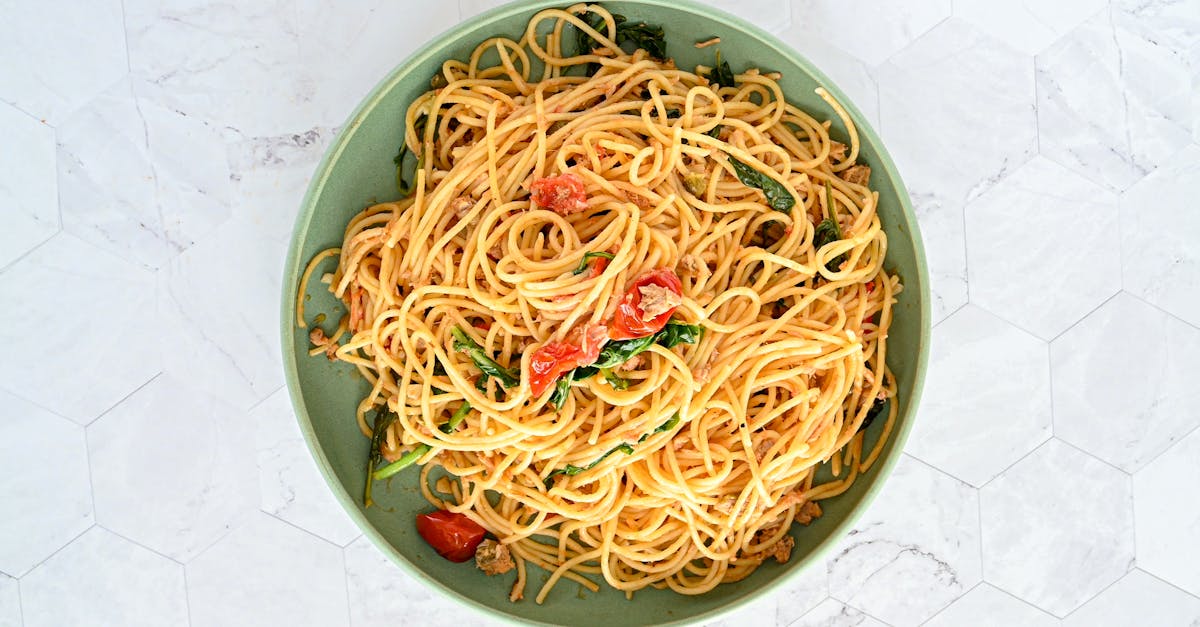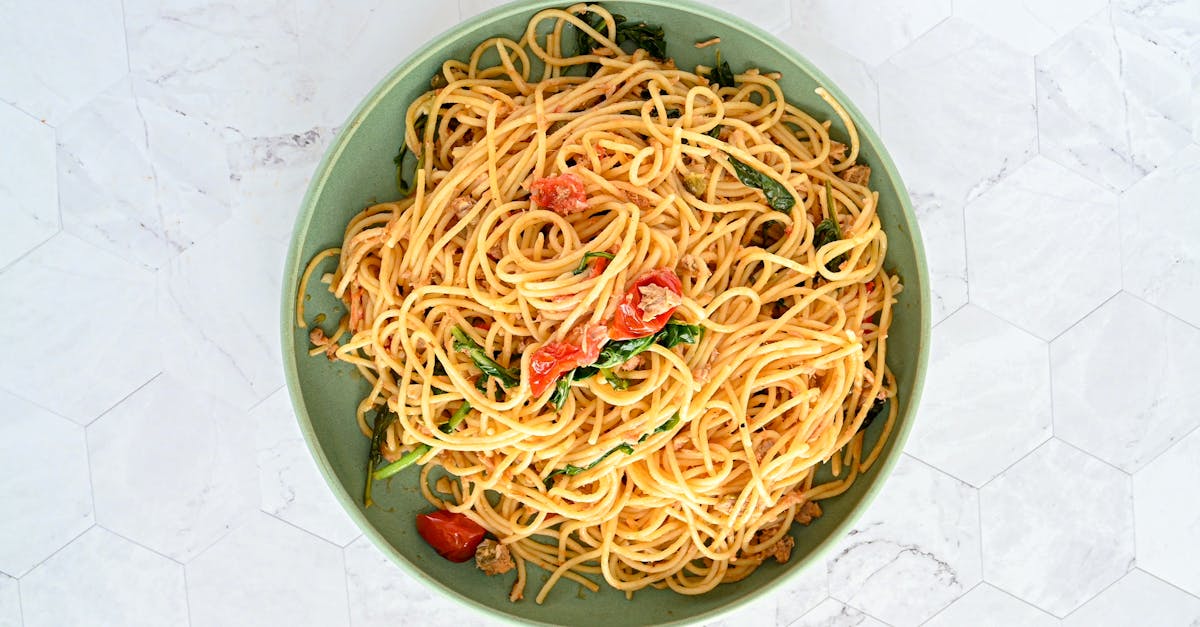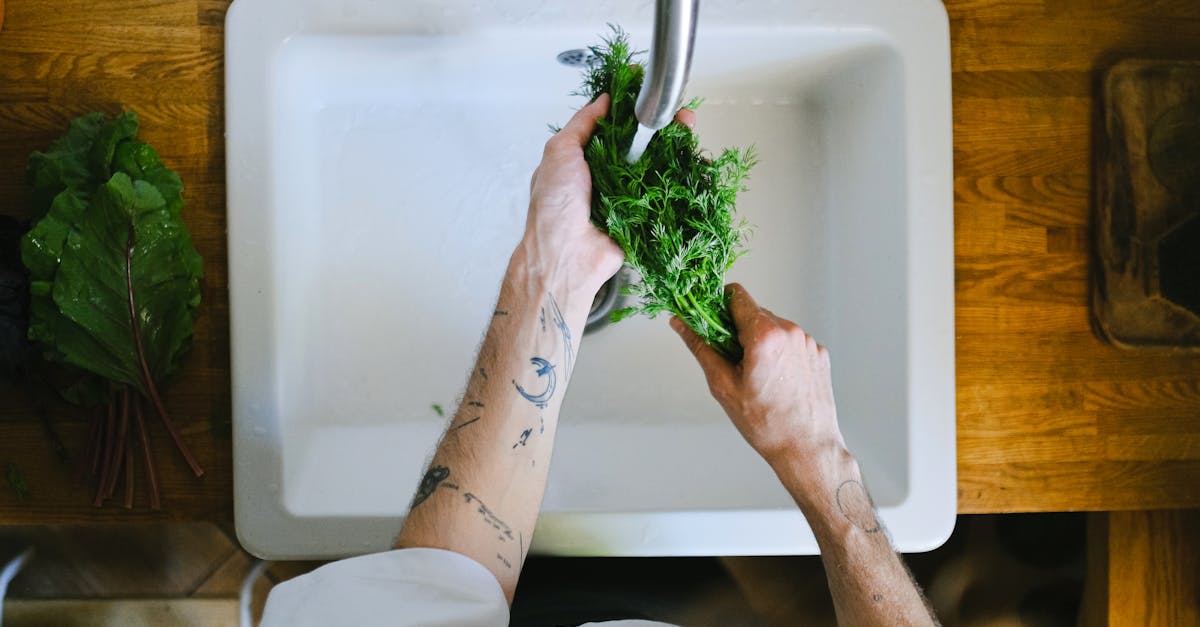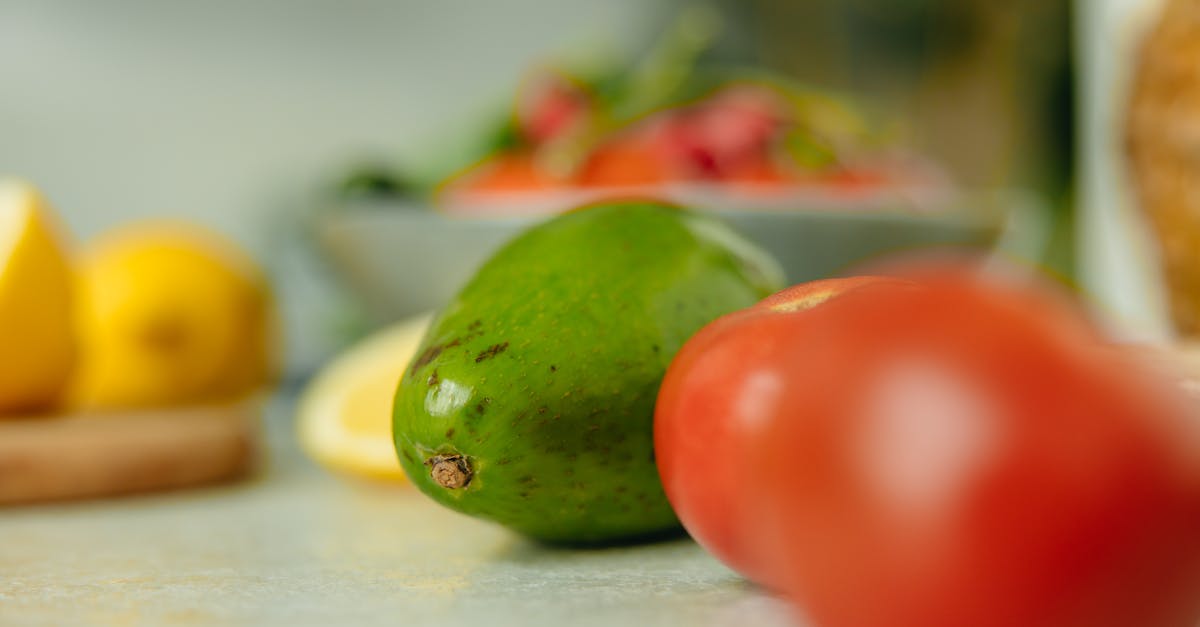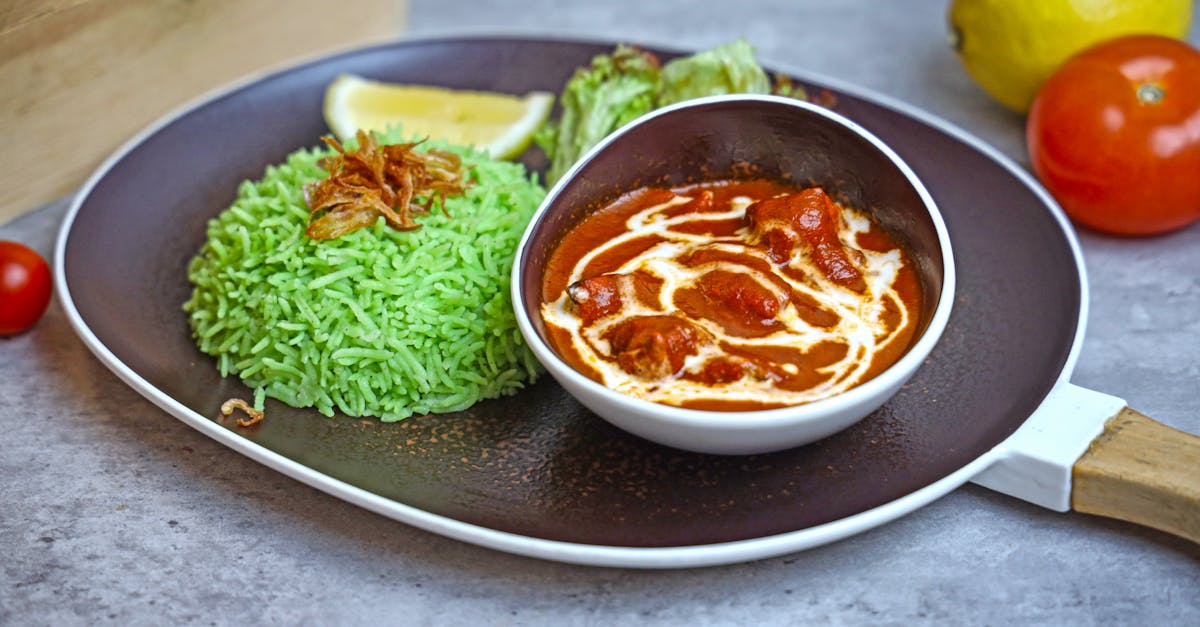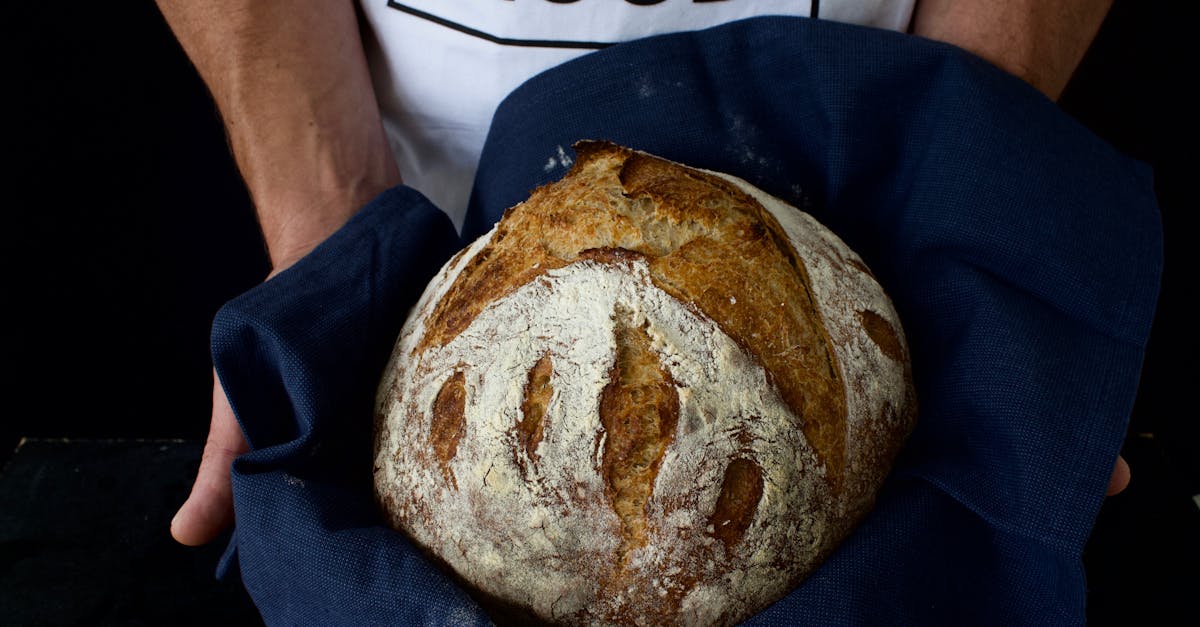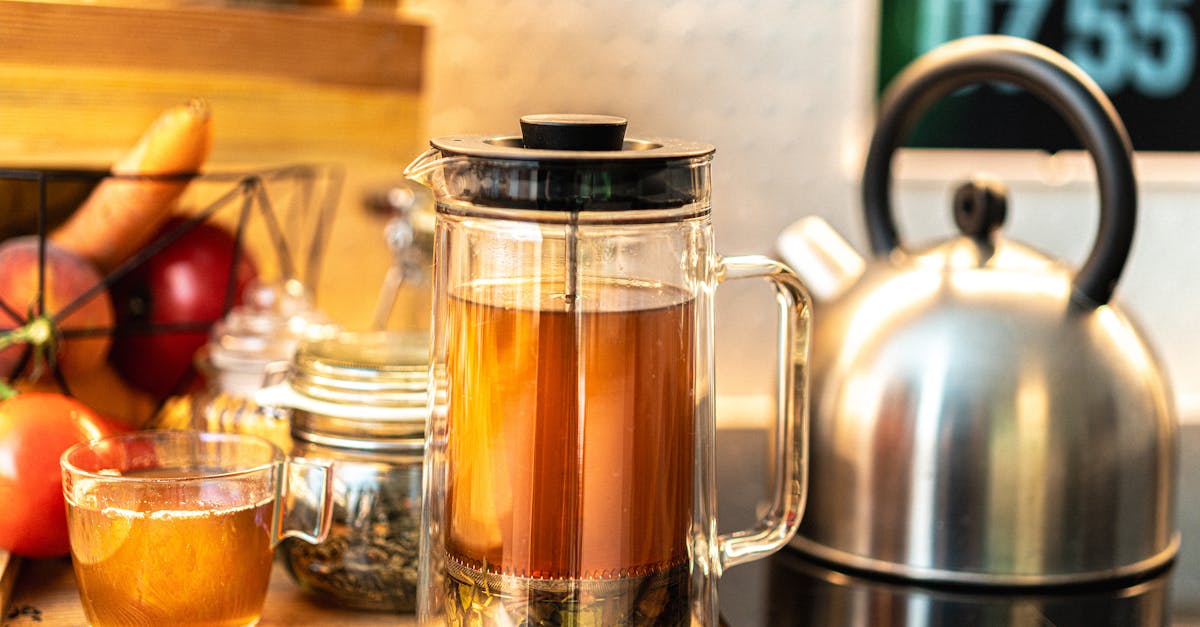A Beginners Guide To Spices
Introduction
Spices have been the cornerstone of culinary traditions across the globe. Beyond merely adding flavor, they offer depth, complexity, and aroma to dishes. This guide provides newcomers a glimpse into the fascinating world of spices.
Advertisement
What are Spices?
Spices are aromatic substances, primarily derived from roots, seeds, or bark. Unlike herbs, which typically come from a plant's leaves, spices often retain their robust flavor even when dried. These simple seasonings have the power to transform ordinary meals into extraordinary experiences.
Advertisement
A Brief History of Spices
The story of spices is one of trade, exploration, and conquest. Historically, they were highly prized, leading adventurers to embark on perilous voyages. From the ancient spice routes of the Middle East to the famous Silk Road, the demand for spices shaped world history.
Advertisement
Common Types of Spices
Some familiar spices include cinnamon, turmeric, and ginger. Each offers unique flavors and uses. Cinnamon, sourced from the bark of trees, imparts warmth and sweetness. Turmeric, with its vibrant yellow hue, is a staple in Indian cuisine. Ginger lends a zesty kick to both savory and sweet dishes.
Advertisement
Health Benefits of Spices
Beyond cooking, spices have been celebrated for their medicinal properties. Turmeric possesses anti-inflammatory attributes, while cinnamon is known to help stabilize blood sugar levels. By incorporating these into meals, you can enjoy both flavorful dishes and health benefits.
Advertisement
Storing Spices
Proper storage is crucial to preserving the flavor and potency of spices. It's advised to keep them in cool, dark places, ideally in airtight containers. Freshness matters; ground spices generally last a year, while whole spices can last two to four years, offering better longevity and taste.
Advertisement
How to Use Spices
Using spices requires a balance; too much can overpower, while too little may not make an impact. Begin with small amounts, tasting as you go. Experiment by combining spices to create unique blends, enhancing the culinary experience with each try.
Advertisement
Spice Pairings with Food
Understanding which spices complement certain foods is key to mastering their use. For instance, rosemary pairs well with lamb, while basil is perfect with tomatoes. Learning these combinations opens up endless possibilities in culinary exploration.
Advertisement
Spices Around the World
Spices offer a glimpse into the rich tapestry of world cuisines. In Italy, oregano and basil dominate; meanwhile, India's curries flourish with cumin and coriander. Exploring spices gives a deeper appreciation of cultural diversity in food.
Advertisement
Conclusion
Spices are more than just additions to meals; they are gateways to global cuisines and traditions. For beginners, understanding the origins and uses of spices can greatly enhance cooking skills. Dive into the world of spices to enrich your culinary journey and savor the richness they bring.
Advertisement
